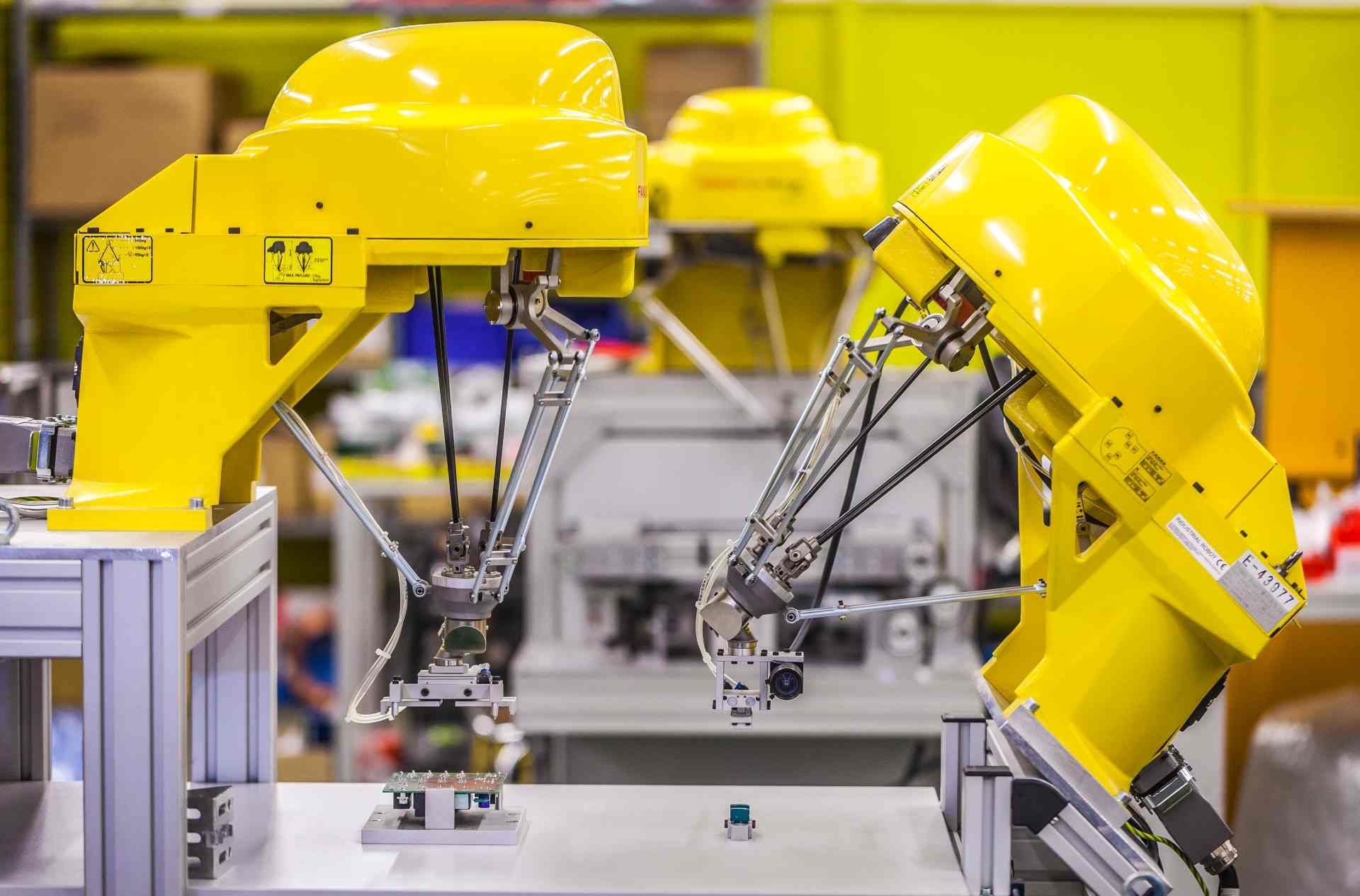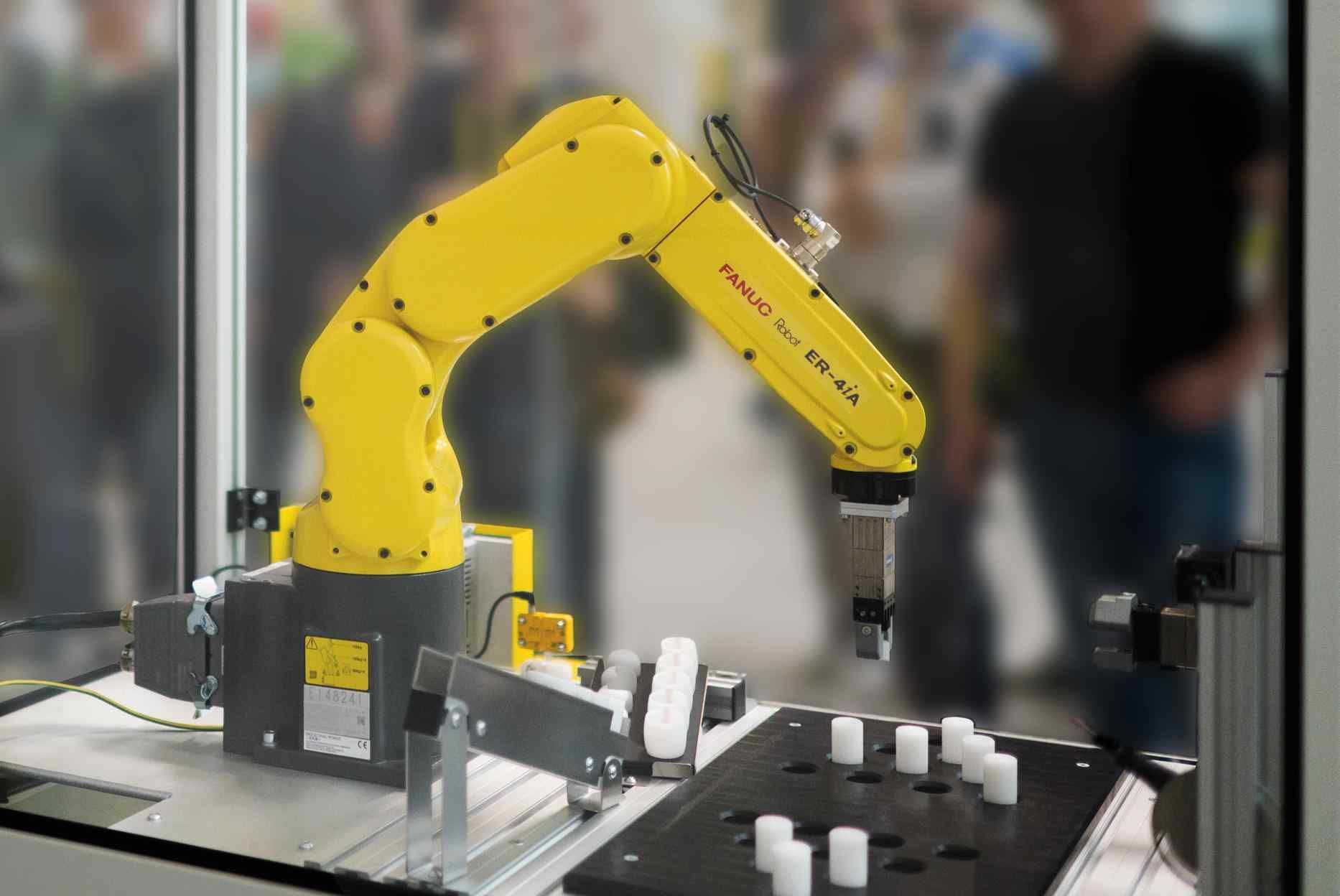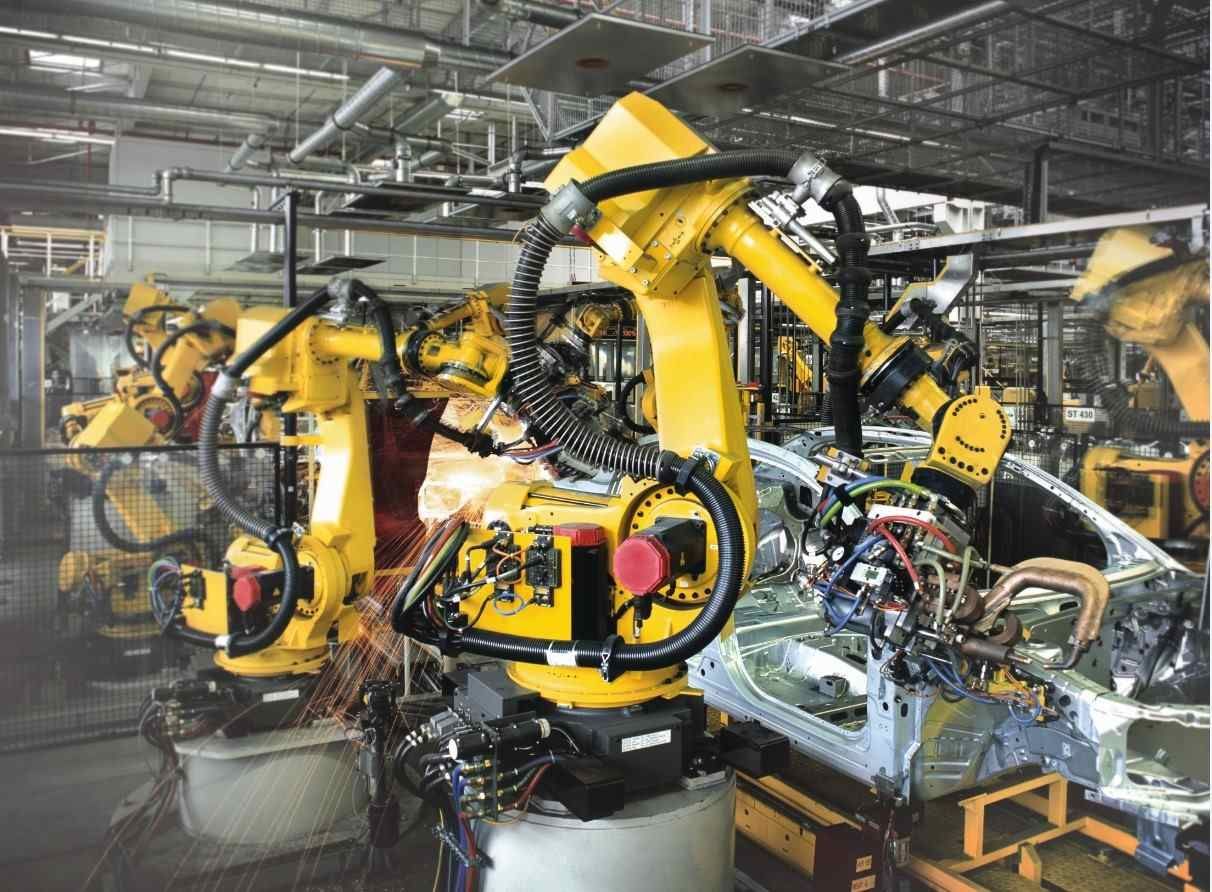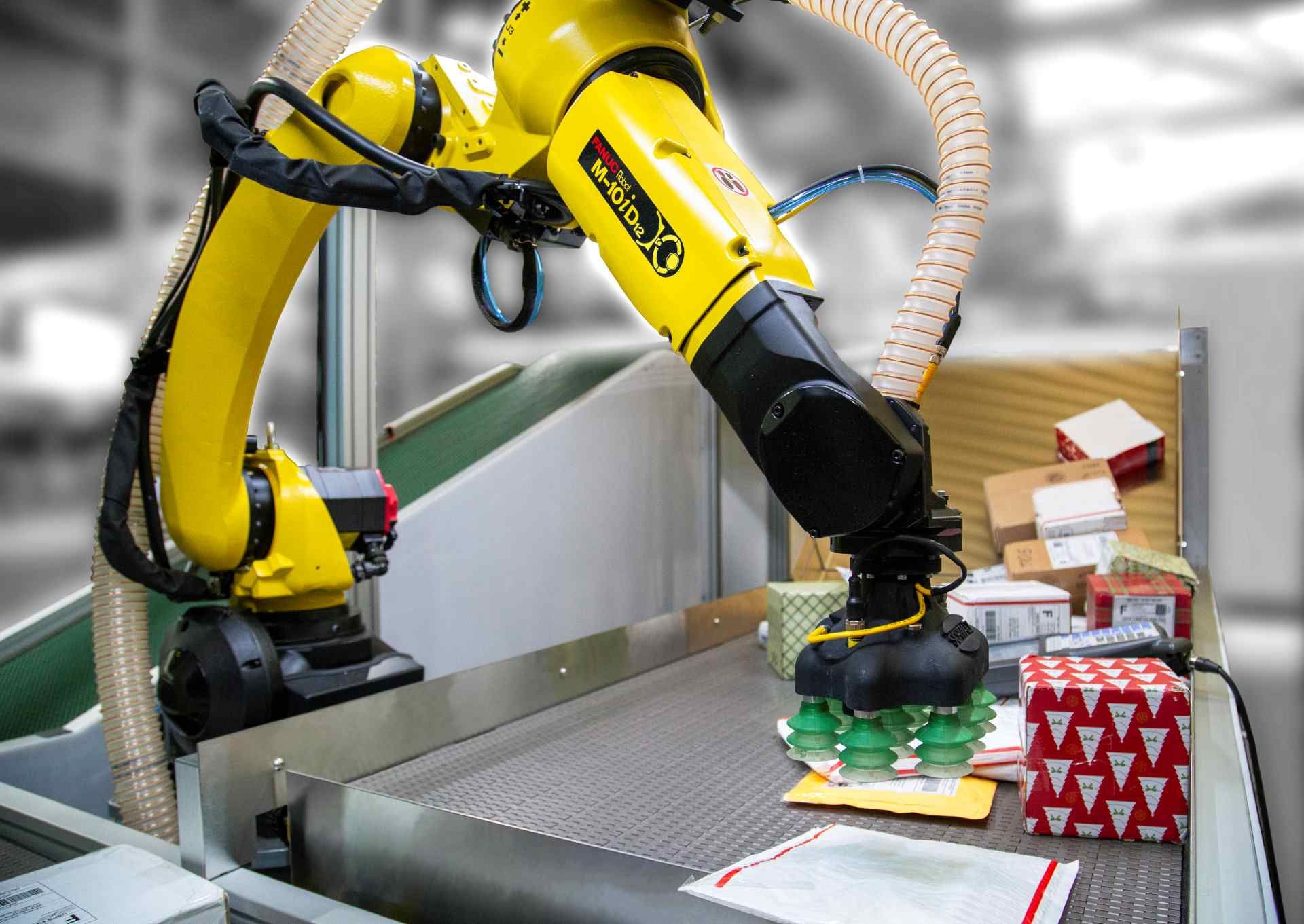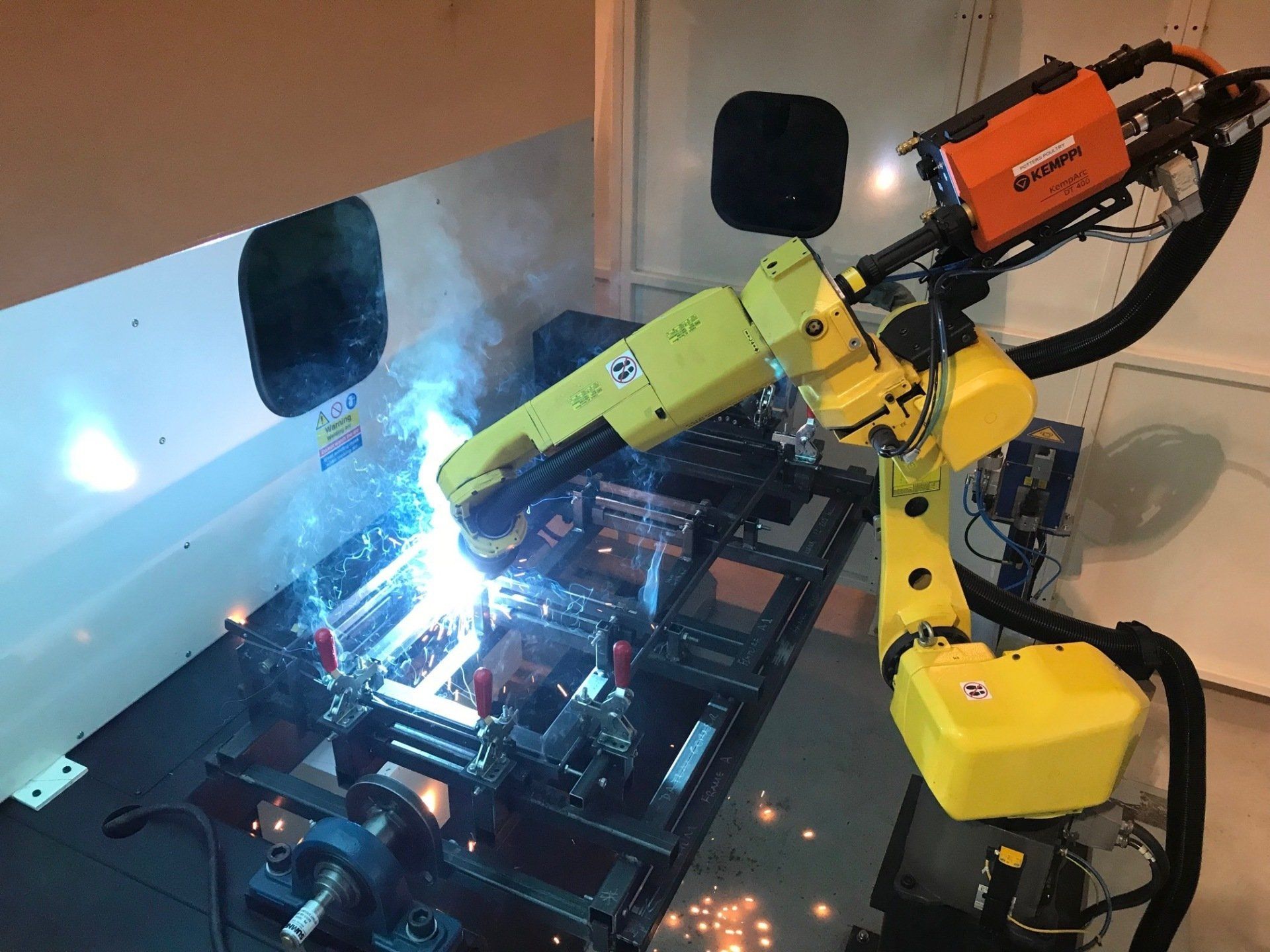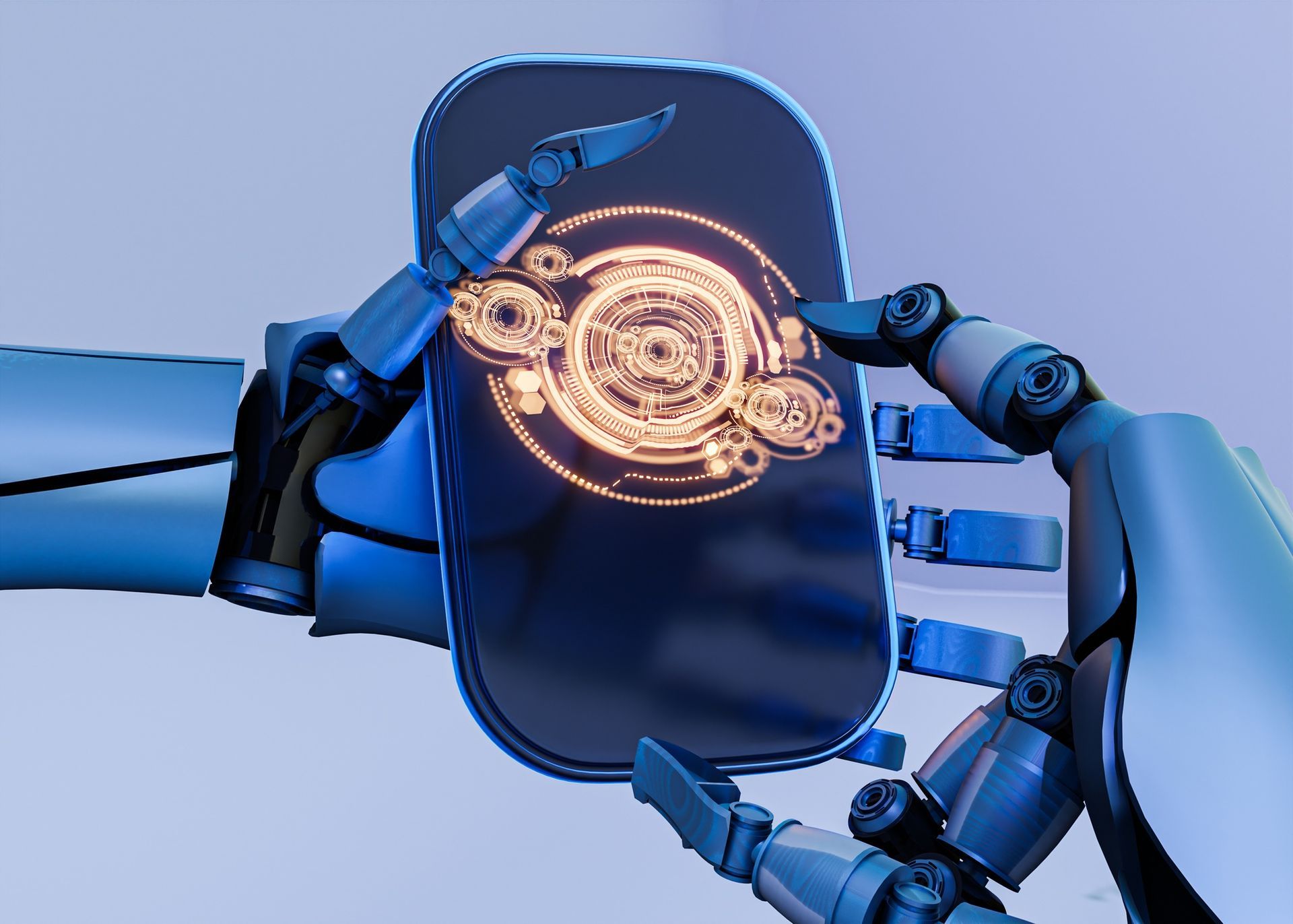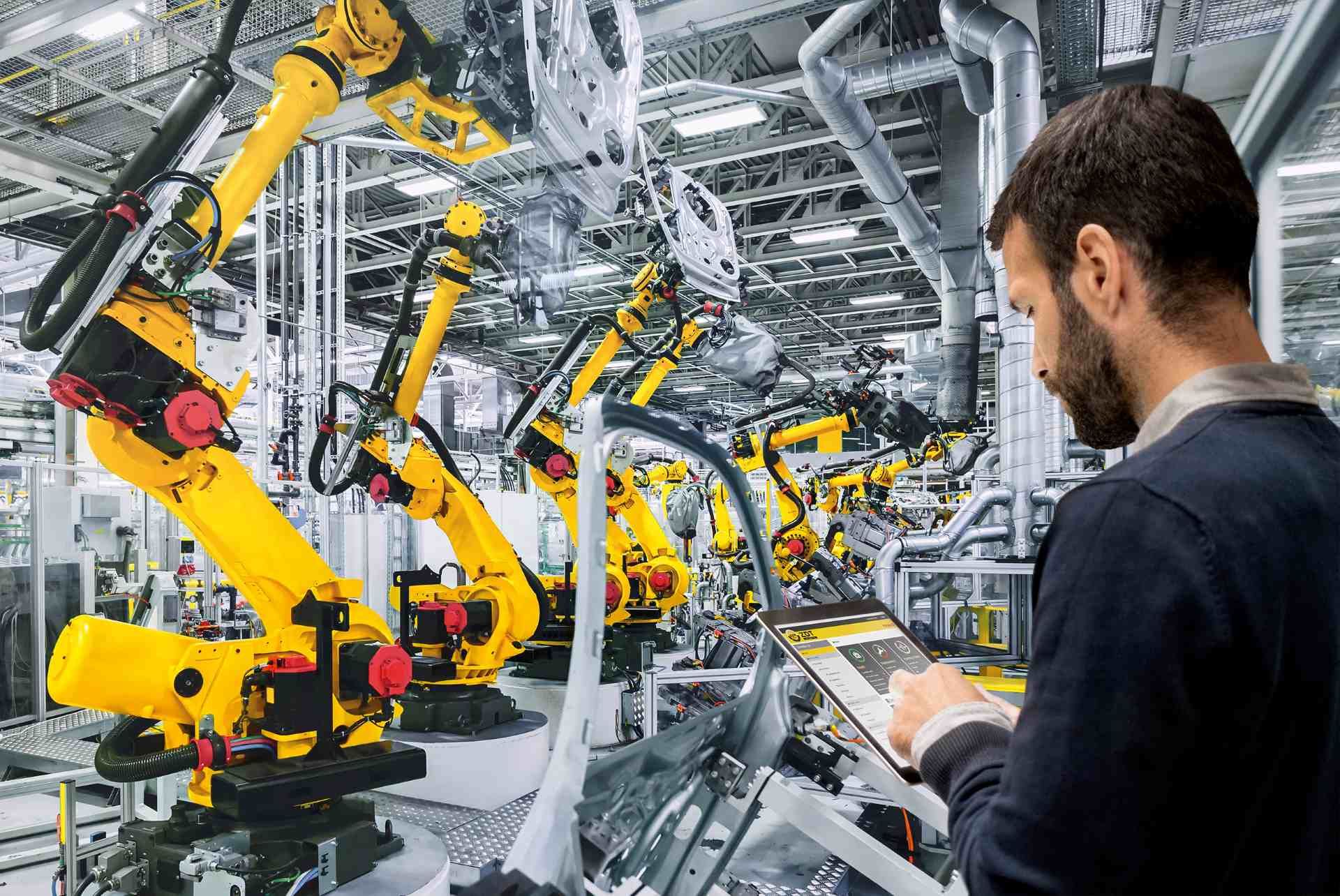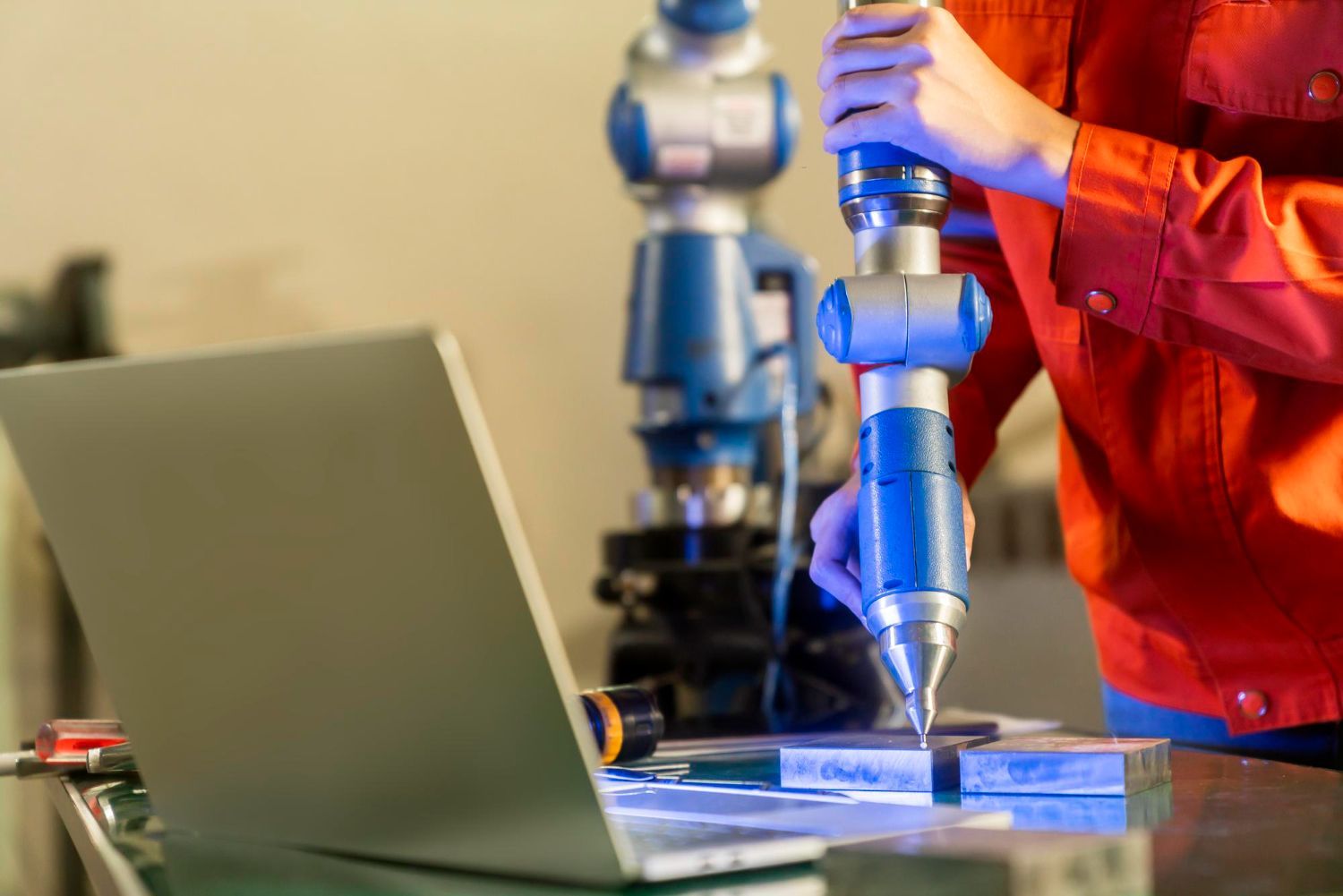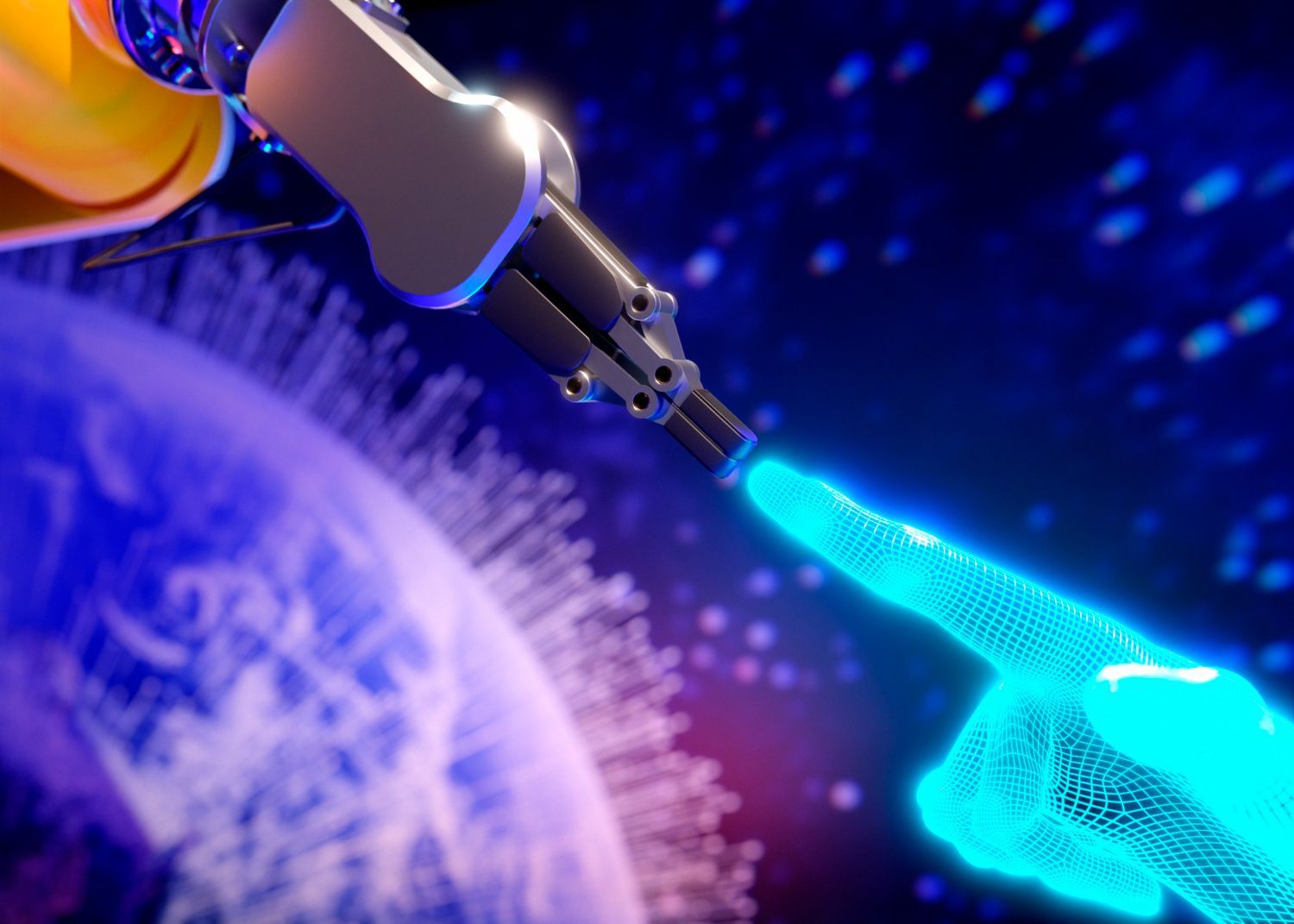What Is the Speed Limit of a Cobot?

What Is the Speed Limit of a Cobot?
Collaborative robots (cobots) have become an invaluable asset across countless industries thanks to their ability to work safely alongside humans. These robots improve the flexibility and efficiency of production lines. One key trait that defines a cobot’s usefulness is its operating speed. But what is a collaborative robot’s speed limit? And does it even have one?
In this article, we’ll explore these questions and learn what sets the pace of our robotic assistants, and why tuning their speed appropriately matters.
Factors Influencing Cobot Speed
Unlike traditional industrial robots designed for fast, repetitive motions, collaborative robots have a speed limit and must balance it with both safety and precision in shared spaces. The maximum speed of a cobot depends on certain factors, such as:
- Payload – The payload a cobot can safely handle is inversely proportional to its speed. Heavier payloads can lead to stability challenges and control issues therefore require speed limitations, while lighter payloads allow the collaborative robot to work at max speed without stability concerns.
- Task – The complexity of the procedures a cobot is programmed to execute also affects cobot speed. Simpler motions like pick-and-place of lightweight objects or linear motions can be performed rapidly while preserving accuracy. But intricate manipulations requiring high precision like component assemblies demand controlled motions.
- Programming – The sophistication level of a cobot’s programming increases the flexibility in speed control. Advanced programming allows cobots to dynamically adjust its speed; this means seamlessly speeding up during repetitive tasks and decelerating motions when human collaboration is detected nearby.
- Safety features – Vital components that allow cobots to operate at higher speeds in shared workplaces are built-in safety mechanisms, like proximity sensors and vision systems. These technologies provide real-time sensory feedback to the nearby presence of human workers.
Benefits of Increased Cobot Speed
But, removing the limiters to make cobots run quicker isn’t all bad news. There are some benefits to allow collaborative robots to work at max speed, including:
- Increased output and productivity for all production lines. Cobots can complete more tasks in a given timeframe across manufacturing, warehousing, and other operations.
- Reduce cycle times to meet urgent demands. Companies can fulfil sudden spikes in orders or tight deadlines for clients.
- By taking on tasks at accelerated rates, fewer cobots can replace more human workers. This allows companies to reduce overall headcount costs
- However, putting safety first means factoring in risks like potential collisions from excessive velocities in crowded environments. And not all tasks demand speed; accuracy is still paramount for complex procedures like intricate part assemblies. There are also cost concerns to weigh such as heightened energy use.
Challenges and Considerations
While variable cobot speed provides flexibility and improved efficiency, managing speeding cobots introduces complexities in the workspace, such as:
- Increased safety risks: Faster moving cobots have a higher risk of collisions, impact injuries, and mechanical damage.
- Effects on accuracy & quality: High speeds may undermine precision and quality control. While repeated tasks may see marginal gains, production quality could suffer.
- Higher maintenance needs: Cobot arms and components degrade faster under unceasing momentum shifts. Upkeep costs rise in exchange for output volumes.
Every company must find a balance between production and the capabilities and safety awareness to handle dynamic speed cobots to ensure an essential and conducive environment for work.
Applications Across Industries
For collaborative robots and human teams to function safely, cobots must be able to adjust their speed whenever required.
The advanced integrated sensors and algorithms make this possible by helping cobots identify when they need to modulate between racing through an unoccupied zone versus crawl speed in occupied areas. Smooth handoffs between faster and slower phases are vital for both efficient operations and workplace safety.
Importance of Human-Cobot Interaction at Varying Speeds
Allowing collaborative robots to work at max speed will unlock cobots’ potential across the workplace environment. However there must always be a balance between speed and safety when assimilating between humans and cobots. With innovation advancing these machines’ ability to fluently transition between accelerated activity and precautionary precision, cobots will continue redefining workflows globally.
Need help introducing cobots to your production lines? Get in touch with our trained experts and find out how our cobots can help improve your production efficiency.

